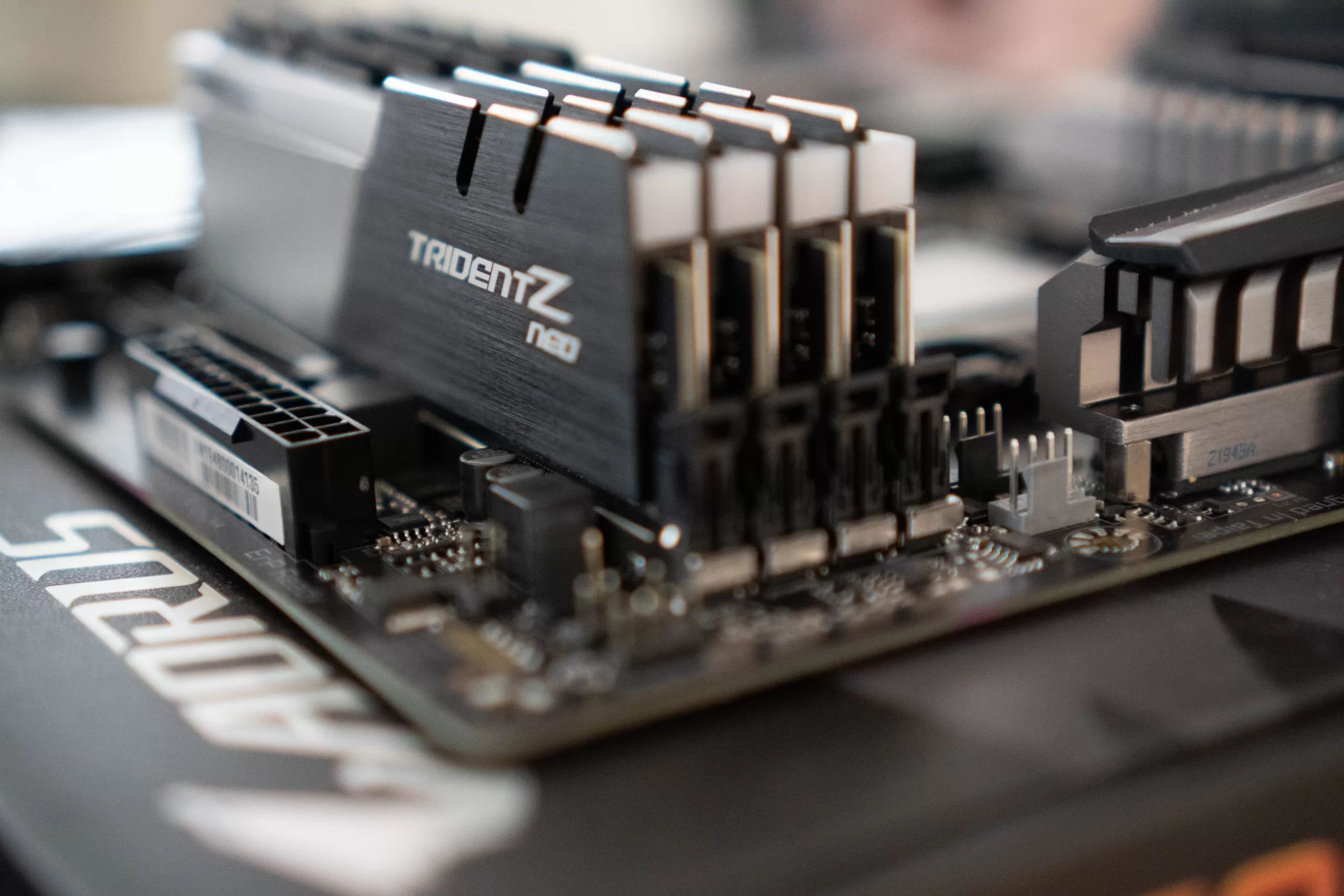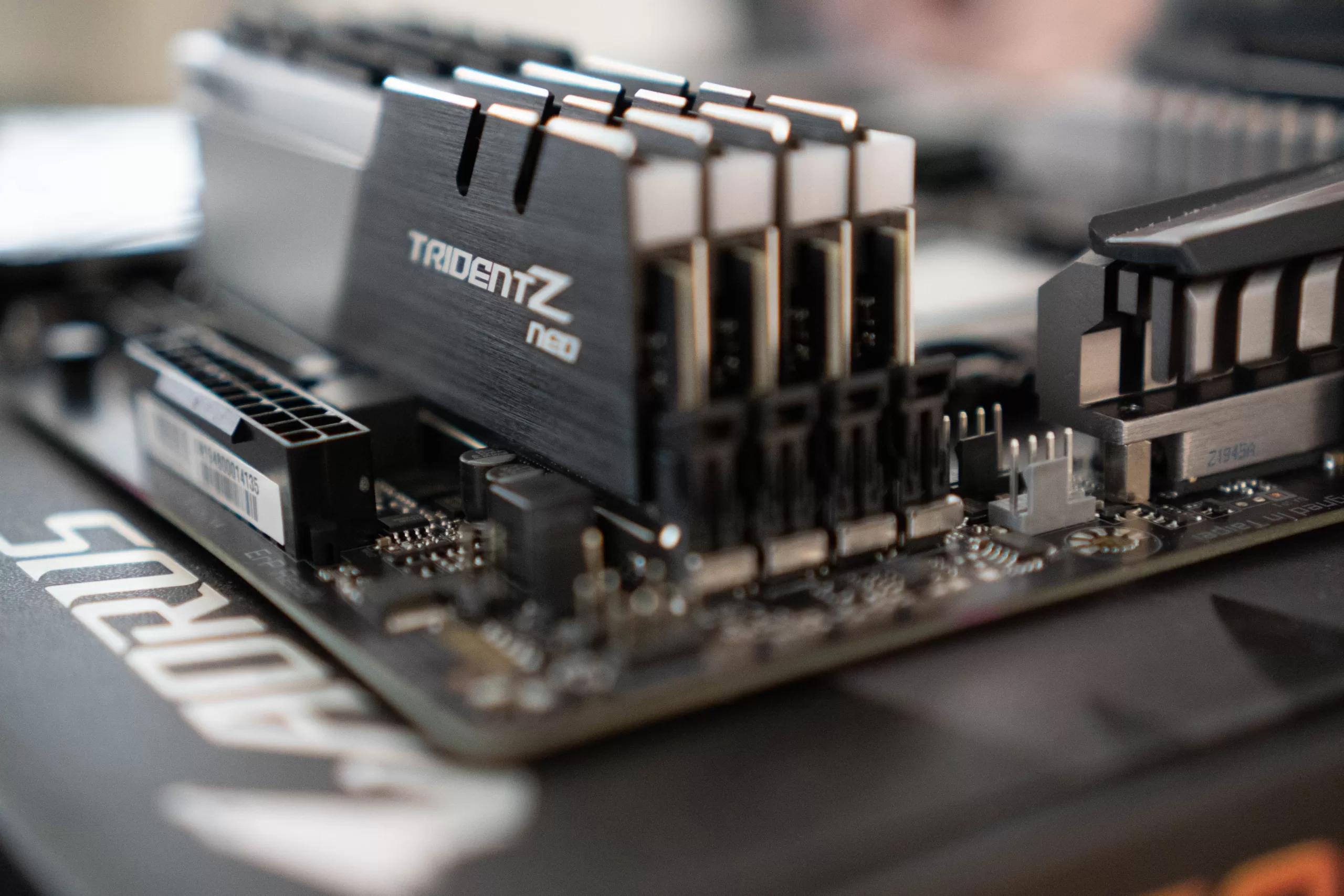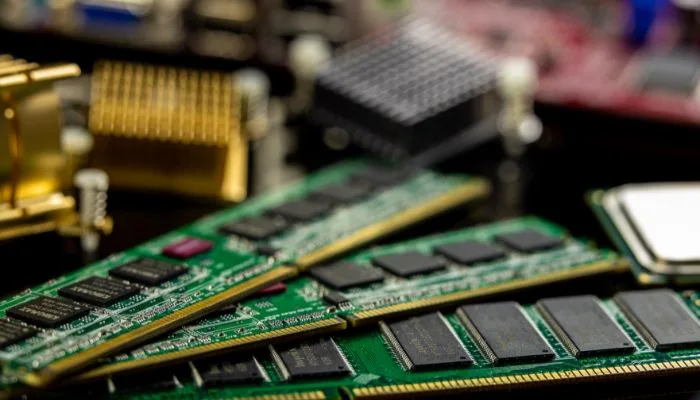RAM and ROM are two types of computer memory that serve different purposes. RAM provides temporary storage for actively processed data, while ROM stores permanent data that is essential for the computer to function. Understanding the differences between the two is important for anyone working with computer hardware or interested in learning more about how computers work.
Table of Contents
RAM: Random Access Memory
RAM, which stands for Random Access Memory, is a type of computer memory that is used for temporary storage of data that is actively being processed by the CPU. It is a volatile memory, meaning that its contents are lost when the computer is powered off or restarted.
RAM allows the computer to quickly access and manipulate data, which improves the overall performance of the system. It acts as a temporary workspace for the CPU, storing data that is needed for current tasks.
ROM: Read-Only Memory
ROM, or Read-Only Memory, is a type of non-volatile memory that stores permanent data that cannot be modified or erased. It contains firmware or software instructions that are essential for booting up the computer and initializing hardware components.
ROM is called “read-only” because the data stored in it is not easily writable or changeable by normal computer operations. It retains its contents even when the computer is powered off or restarted.
Differences Between RAM and ROM
The main difference between RAM and ROM lies in their functionality and purpose. RAM is used for temporary storage of data that is actively being processed by the CPU, while ROM stores permanent data that is essential for the computer to function.
Another difference is the volatility of the memory. RAM is volatile and loses its contents when the power is turned off, whereas ROM is non-volatile and retains its data even when the power is off.
| Aspect | RAM (Random-Access Memory) | ROM (Read-Only Memory) |
|---|---|---|
| Function | Short-term memory used for active tasks and data processing. | Permanent storage of essential instructions and data for the computer’s operation. |
| Data Storage | Temporary and volatile; data is lost when the computer is turned off or rebooted. | Permanent and non-volatile; data remains even when the computer is turned off. |
| Read/Write | Read from and write to; data can be both read and modified as needed. | Read-only; data is typically unchangeable or difficult to modify. |
| Usage | Running programs, multitasking, and temporarily storing data during active tasks. | Storing firmware, including the computer’s boot-up instructions and vital system data. |
| Example | Storing the content of open applications, like documents, images, and web pages, during computer use. | Providing initial boot instructions for the computer’s hardware and loading the operating system. |
Furthermore, RAM is easily writable and erasable, allowing for quick data manipulation, while ROM is not easily changeable and remains mostly read-only.



